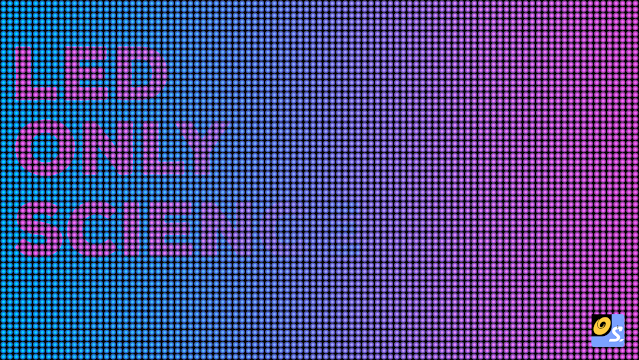LED-Light Emitting Diode
A light-emitting diode (LED) is a semiconductor light source that emits light when current flows through it.
Electrons in the semiconductor recombine with electron holes which releases energy in the form of photons. The color of the light (corresponding to the energy of the photons) is determined by the energy required for electrons to cross the bandgap of the semiconductor. White light is obtained by using multiple semiconductors or a layer of light-emitting phosphor on the semiconductor device.
Light-emitting diodes came into existence in 1962 which were primarily red in color for the first decade. The first practical LED was invented by Nick Holonyak in 1962 while he was at General Electric.
LED Display:
A LED display is a flat panel display that uses an array of light-emitting diodes as pixels for a video display. The brightness of LED displays allows them to be used outdoors, where they are visible in the sun for store signs and billboards.
In a LED display many small-sized Light Emitting diodes are placed one after on to create a visual. One red, one, green, and one blue LED is placed as the image above to make a pixel. And thousands of them creates an Image.


